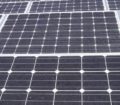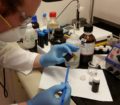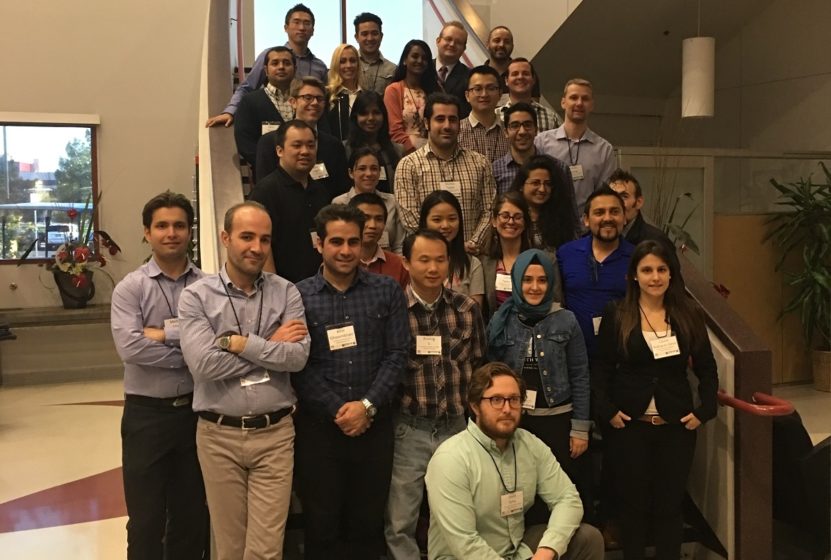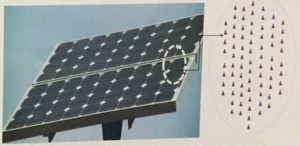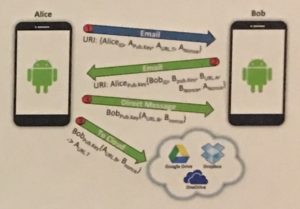Graduate Students at the 2017 Solar Nexus Annual Meeting
–L. Brazfield Photo
Graduate Student Research Shines at the Solar Nexus Annual Meeting
Students display their highly relevant research for the interdisciplinary NEXUS project at the meeting’s poster session
By Jane Palmer
April, 2017
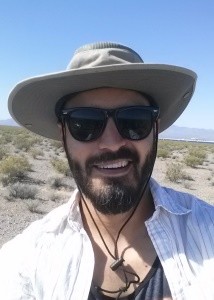
Investigating the Impacts of Utility-Scale Photovoltaic Panel Facilities on Nearby Vegetation
As demand for clean and sustainable energy has continued to grow, large-scale photovoltaic (PV) panel facilities have cropped up in recent years throughout Nevada but the impact of such facilities on the local environment is still an unknown. To address this issue graduate student Lorenzo Apodaca from the University of Nevada Las Vegas (UNLV) and his supervisor Dr. Dale Devitt have been investigating the ecological impacts of the Copper Mountain 2 (CM2) solar facility in Eldorado Valley, Nevada. This facility uses nearly 1.8 square kilometers of photovoltaic panels to generate enough energy to power about 50,000 homes and it is surrounded by mainly creosote and white bursage vegetation. The scientists are investigating both the impacts of the panel arrays on the microclimate and the surface hydrology surrounding the arrays. So far, the team has found that overnight air temperatures near to the facility are higher than those further away with the largest heating effect occurring during the cooler months. Higher temperatures can be detrimental to overall water availability and increase plant water stress, but the specific effects of increased heat on the study plants is not yet clear. By monitoring the individual creosote and bursage plants, the team have found, however, that the creosote plants growing closest to CM2 are under greater water stress than plants growing further away. “Solar energy is still emerging as a competitor in the energy market so we still have the opportunity to confront any issues early, but that requires solid research on possible effects,” Apodaca says. “I think a clearer picture of the environmental impacts of solar energy farms will come from this study and this could lead to more environmentally-conscious ways to zone for and construct these facilities.”
Using Nanotechnology, Not Water, to Clean Solar Panels
When dust, or airborne particles coat solar panels, the coating can affect the panels’ ability to absorb sunlight and drastically reduce the conversion of the Sun’s rays into energy. This has made it necessary to periodically wash the panels with water but, often, in areas like Nevada where solar energy production is prolific, water resources are scarce. Consequently, some scientists have turned their attention toward developing technologies for waterless cleaning but many of these techniques are expensive and not cost effective for large-scale PV power generation. To attempt to develop a water-free cleaning technology that will be cost-effective for large-scale PV generation, NEXUS graduate student Sanjana Das from UNLV and her supervisor Dr. Biswajit Das, have turned their attention to a potential nanotechnology solution. The technology involves the use of arrays of transparent nanoparticles deposited on the solar panels. The nanostructure arrays provide a focused electric field to modify the electrical properties of the dust particles. Once these particles are charged, they can be removed by electrostatic sweeping, a process whereby nanoparticles generate an electric field to collect the dust at intervals. “This project will enable a maintenance free, clean solar panel surface during the operational life of the panels, thereby maintaining steady power output efficiency while eliminating the inefficient and water consuming cleaning operation,” Das says.
Developing a Secure Social Network App for Mobile Devices
Social networking has allowed billions of people to interact and share information with friends and family, but it has also allowed online platforms to amass user data, causing concern for individual’s privacy. Systems that remove a central authority but allow data sharing directly between individuals may be one solution to this problem. Such “decentralized cyber-architectures” do have a performance cost in terms of efficient data sharing and timely access of objects, however. To address these performance issues NEXUS graduate student Esra Erdin at the University of Nevada Reno (UNR) and her supervisor Dr. Mehmet Gunes are investigating the use of free storage clouds to distribute encrypted user content between individuals. The researchers have developed a POSN app that uses these clouds and allows the user to have control of the shared content. This architecture protects personal data from being accessed by third parties. “We hope that this will help individuals have a future safe Internet experience,” Erdin says.
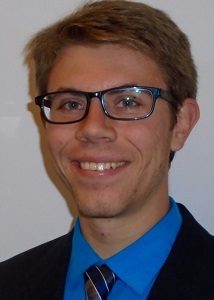
Measuring Public Attitudes Towards Residential Rooftop Solar Policies
Recent changes to net metering policies in several states, including Nevada, have initiated mixed reactions in the public and policy makers. Under the older policies people with rooftop solar effectively underpaid for their use of the grid network, so the utilities have raised the price of using the grid for all users and in doing so, have unfairly targeted lower income users. Such changes in terms of who pays for grid use is known as “cost shifting.” The new policies, however, have greater impacts on the solar-panel users and have reduced their compensation for generation to the grid to near zero, causing many owners to lose money on their solar investment. Rooftop owners have widely protested the new policies but the general public’s opinion is still relatively unknown.
Improving Solar Forecasting for Increased Solar Energy Efficiency
Sunlight is a good source of energy but variable cloud cover can make the energy levels produced by power plants fluctuate. Consequently, to economically integrate substantial amounts of solar power into their power generation portfolios, power companies need accurate forecasts of how much sun will reach panels on a daily basis. By knowing these numbers, grid operators can anticipate the fluctuations from solar energy sources and make the necessary accommodations.

Surfactant Effects on Direct Contact Membrane Distillation
Using direct contact membrane distillation (DCMD) has already proved effective for treating on-site groundwater to produce high-quality water for solar panel or mirror cleaning. The technology uses a membrane with small pores in it that allows water vapor transport, but rejects contaminants such as salts and minerals. One of the main advantages of DCMD is that the process can utilize waste heat or solar energy.
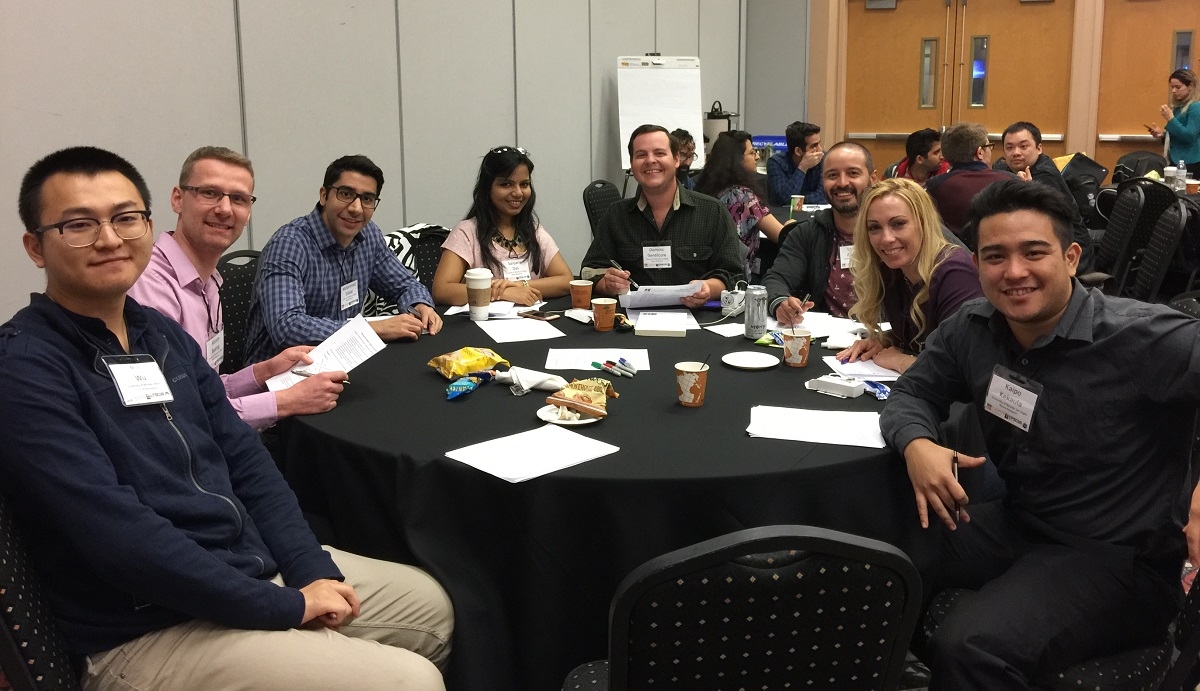
Science Communication Graduate Student
Workshop –M. Casella Photo
Learning To Be An Advocate For Science
_______________________________________

NEXUS Notes is a monthly publication of the Solar Nexus Project, which is a five-year research project funded by the National Science Foundation’s Experimental Program to Stimulate Competitive Research “EPSCoR” (Cooperative Agreement #IIA-1301726) focusing on the nexus of (or linkage between) solar energy generation and Nevada’s limited water resources and fragile environment.
Any opinions, findings, and conclusions or recommendations expressed in this material are those of the author(s) and do not necessarily reflect the views of the National Science Foundation.
_______________________________________
If you would like to know more about the NEXUS project,
please contact, Dr. Gayle Dana
Gayle.Dana@dri.edu
530-414-3170
_______________________________________

